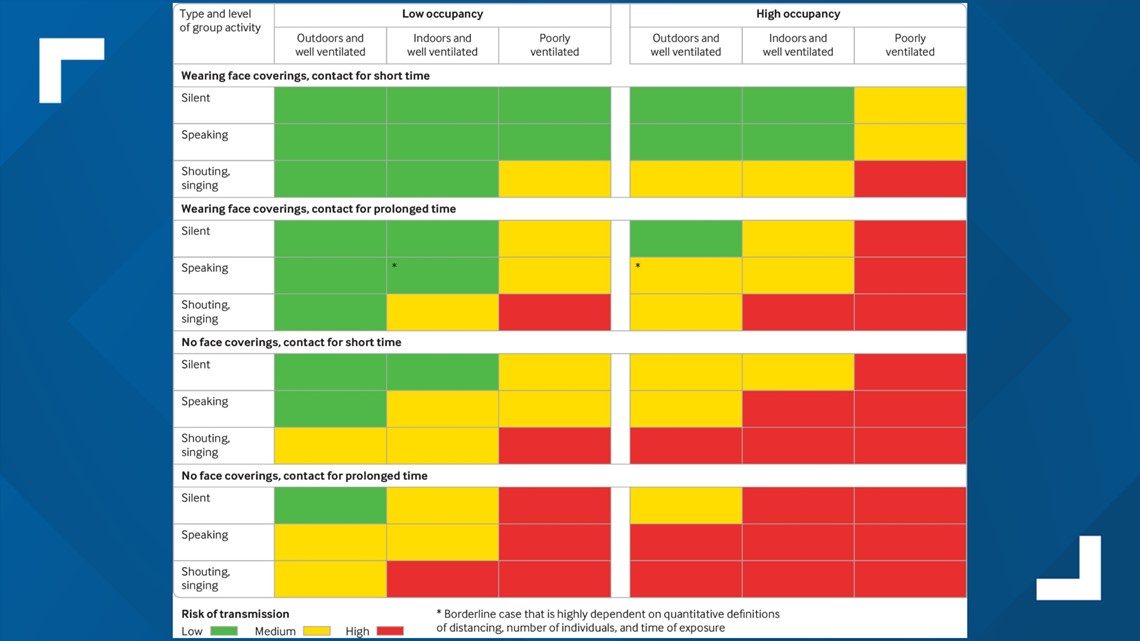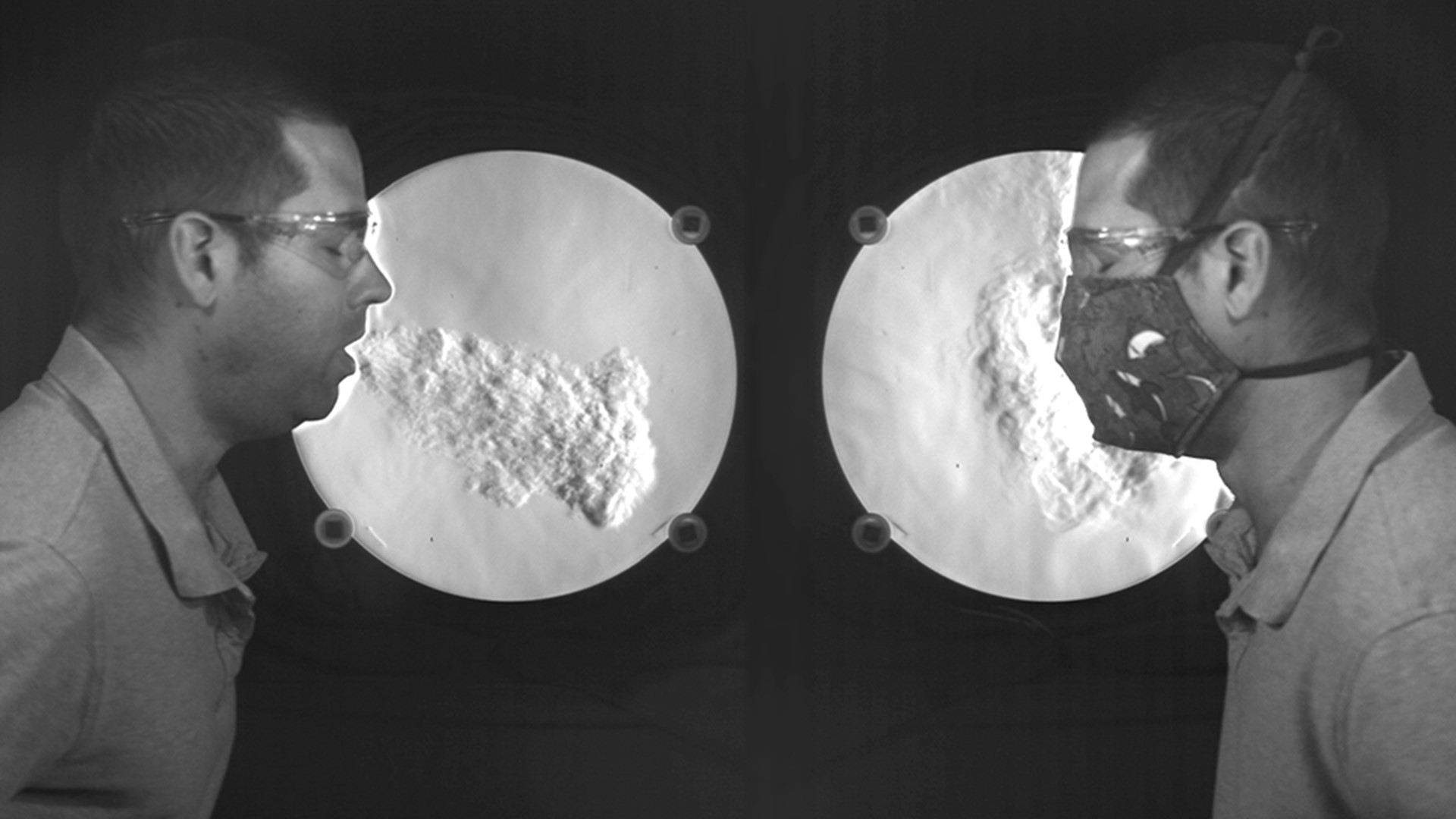WASHINGTON — Experts have been urging the public to wash their hands, wear face coverings and remain six feet apart from others amid the coronavirus pandemic.
But is six feet enough?
In a new study posted by the BMJ, researchers from the Massachusetts Institute of Technology and the University of Oxford claim that other factors like crowd size, amount of exposure time and how well an area is ventilated need to be considered.
The Centers for Disease Contol and Prevention encourages individuals to practice social distancing. It said the best way to do this is by staying "at least 6 feet (about 2 arms’ length) from other people who are not from your household in both indoor and outdoor spaces."
However, the report released on Tuesday said that "rules that stipulate a single specific physical distance...between individuals to reduce transmission of SARS-CoV-2...are based on an outdated, dichotomous notion of respiratory droplet size."
To better understand how far COVID-19 droplets can travel, the study released a guide on how easily the virus can spread, depending on the environment. Evidence in the study suggests SARS-CoV-2 may travel more than six feet through activities such as coughing and shouting.
The highest risk situations in the study involve an event indoors with poor ventilation, lots of people, a long period of being in contact with many people and no face coverings. This could be like a crowded bar or nightclub, the study said. Individuals should consider staying more than six feet from people in that type of environment.
The study adds that low-risk scenarios, like in outdoor spaces with few people nearby, there could be relaxed social distancing requirements.


In efforts to contain the virus, the researchers said that physical distancing should be seen as only one part of a "wider public health approach to containing the COVID-19 pandemic." It also needs to be better implemented with other regulations, like wearing masks.
It added that more work is needed to extend the guide and develop specific solutions to stopping the spread in more high-risk areas.
For most people, the new coronavirus causes mild or moderate symptoms. For some, especially older adults and people with existing health problems, it can cause more severe illness, including pneumonia and death.
The United States has more than 5.7 million confirmed cases of COVID-19, according to statistics from Johns Hopkins University.
Just after 12:45 p.m. EDT Wednesday, the U.S. had more than 178,000 deaths from the virus. Worldwide, there nearly 24 million confirmed cases with more than 820,000 deaths.

